In recent months, walking backwards has emerged as an unexpected star in the fitness world.
From gym enthusiasts to rehabilitation specialists, more people are turning to this simple yet novel exercise.
Social media is buzzing with challenges and anecdotal success stories, while scientific studies are beginning to support its unique benefits for balance, joint health, and even cognitive function.
What was once a quirky warm-up is now being recognized as a valuable addition to daily routines.
This growing popularity raises the question: what makes backward walking so special, and why are experts recommending just 10 minutes a day?
1. Unique Calorie Burn Advantage
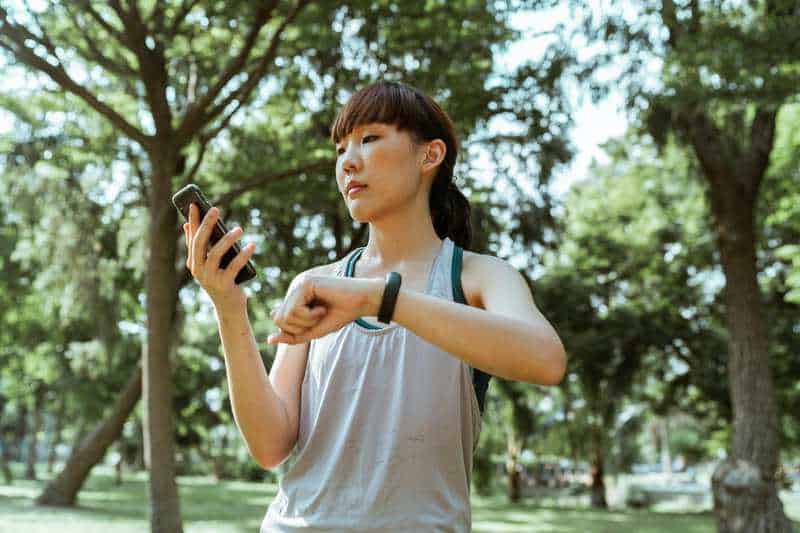
One of the most compelling reasons for the surge in backward walking is its superior calorie-burning potential.
Research conducted by the University of Milan found that walking backwards can burn up to 40% more calories than walking forwards at a similar pace.
This increased energy expenditure means you can achieve a more efficient workout in less time, making it especially appealing for those with busy schedules.
For anyone seeking a fresh way to boost their daily calorie burn, backward walking offers a simple, science-backed solution.
2. Improved Balance and Stability
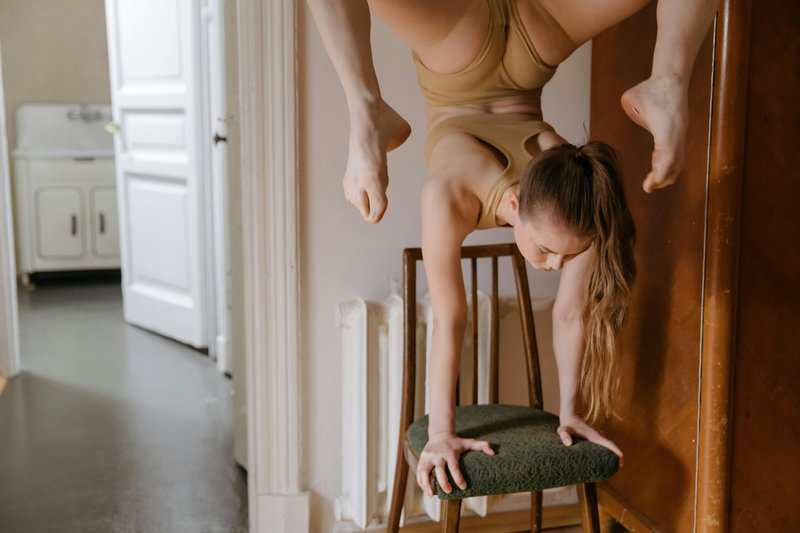
Walking backwards—also known as retro-walking—demands greater focus and coordination, actively engaging the vestibular and proprioceptive systems responsible for balance.
Studies from Oregon State University show that regular backward walking can significantly boost stability, particularly in older adults.
By forcing the body and brain to adapt to unfamiliar movement patterns, retro-walking enhances spatial awareness and muscular control.
This makes it a powerful, low-impact tool for reducing fall risk and fostering confidence in everyday movement, regardless of age.
3. Enhanced Muscle Activation
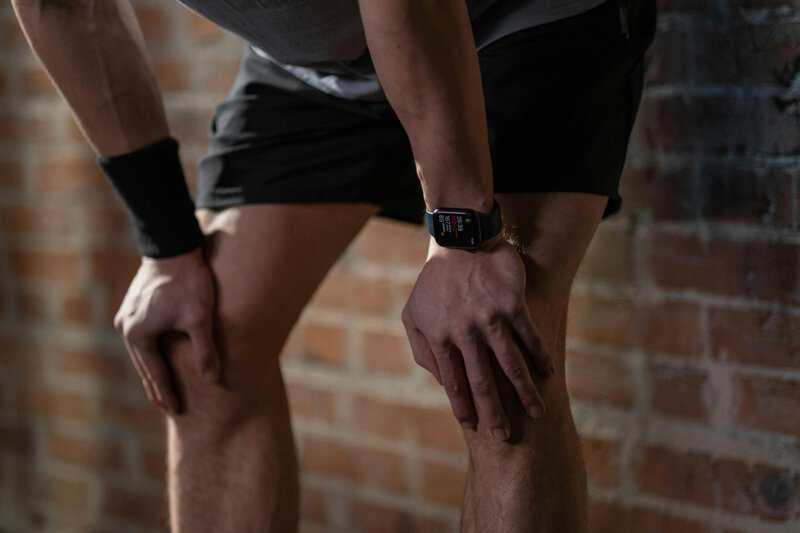
Unlike traditional forward walking, walking backwards targets different muscle groups and intensifies overall muscle engagement.
This movement places a greater load on the quadriceps—the muscles at the front of your thighs—while also challenging your calves, shins, and core for stability.
According to research published in the Journal of Physical Therapy Science, retro-walking activates these muscles more intensely than forward walking.
As a result, it can help strengthen the lower body, improve muscular endurance, and even aid in correcting muscle imbalances caused by repetitive forward motion.
4. Reduced Knee Strain

One standout benefit of walking backwards is its ability to reduce stress on the anterior knee joint.
This movement pattern shifts pressure away from the kneecap and distributes it more evenly across the leg.
Physical therapists often recommend retro-walking for individuals recovering from knee pain or injuries, as it can promote healing without aggravating symptoms.
A study in the Journal of Physical Therapy Science supports its use in rehabilitation, noting that it helps improve function while minimizing discomfort—making it a safe, effective option for joint care.
5. Boosted Proprioception

Backward walking delivers a powerful boost to proprioception—the body’s innate sense of position, movement, and coordination.
By moving in an unfamiliar direction, you challenge your nervous system to become more aware of limb placement and balance.
Clinical research, such as that published in the Journal of Geriatric Physical Therapy, shows that proprioceptive training—including retro-walking—can significantly reduce fall risk in both young and older adults.
This makes backward walking an accessible, practical tool for fall prevention and enhanced body awareness.
6. Effective Fall Prevention for Older Adults
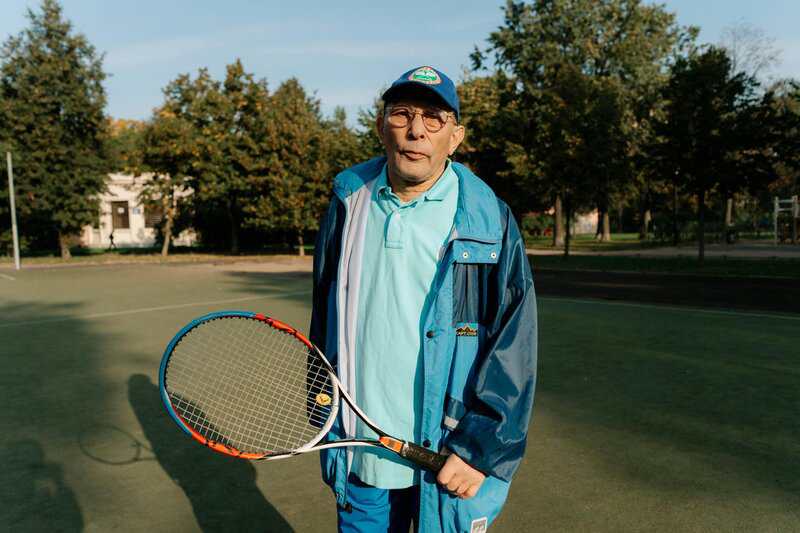
Numerous studies highlight the remarkable benefits of retro-walking for older adults, particularly in fall prevention.
Participants who engaged in backward walking routines for just six weeks showed significant improvements in standardized balance tests and a measurable reduction in fall risk.
A clinical trial published in the Archives of Gerontology and Geriatrics found that these gains were especially pronounced in adults over 65.
This evidence positions backward walking as a simple, effective way to enhance stability and safety for seniors.
7. Cognitive Engagement While Exercising
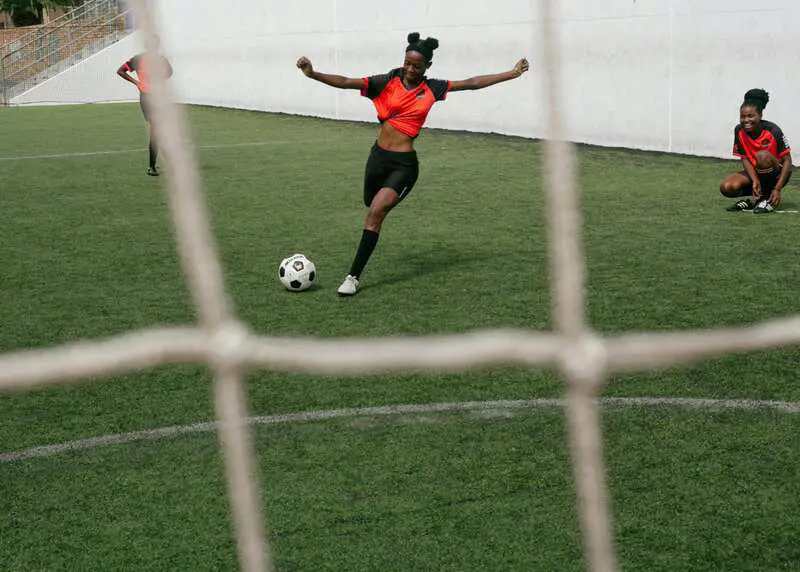
Walking backwards requires a heightened level of mental focus compared to moving forward.
Navigating in reverse forces your brain to process new sensory information, constantly assessing your surroundings and body position.
This added cognitive load has been shown to improve coordination and spatial awareness, offering benefits that go beyond physical fitness.
According to a review in Frontiers in Psychology, such mentally stimulating activities can enhance neuroplasticity and keep the mind sharp—making backward walking a holistic workout for both body and brain.
8. Cardiorespiratory Benefits
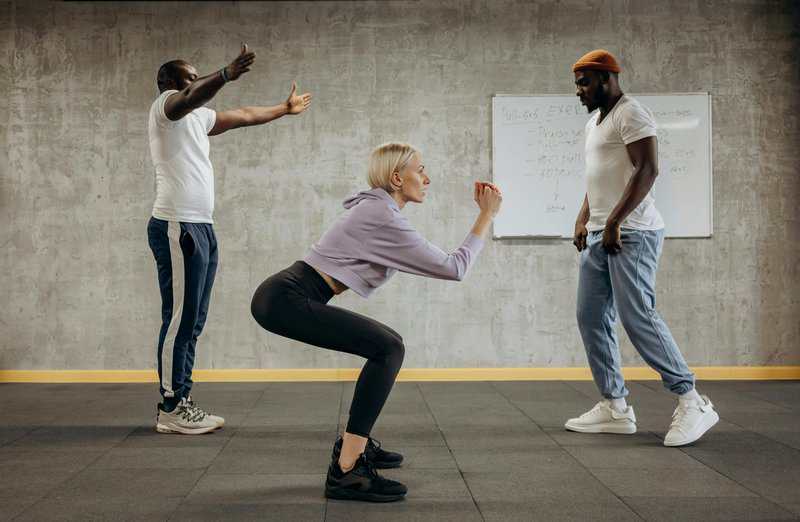
Research shows that walking backwards significantly elevates heart rate and respiratory demand compared to forward walking at the same speed.
This means you can achieve an effective cardiovascular workout in a shorter period, which is ideal for those seeking time-efficient exercise.
A study published in the Journal of Exercise Rehabilitation found that retro-walking improved both cardiorespiratory fitness and endurance.
By challenging your cardiovascular system in this novel way, backward walking offers a simple path to better heart and lung health.
9. Lower Body Symmetry and Strength

Backward walking is unique in its ability to address muscle imbalances that often develop from repetitive forward motion.
This movement pattern strengthens the quadriceps, glutes, and stabilizing muscles in ways that promote symmetrical development across both legs.
A study in the Journal of Sports Sciences found that regular retro-walking can help reduce discrepancies in lower limb strength and coordination.
By fostering balanced muscle growth and joint stability, backward walking lowers the risk of overuse injuries and enhances overall lower body performance.
10. Safe Rehabilitation Tool
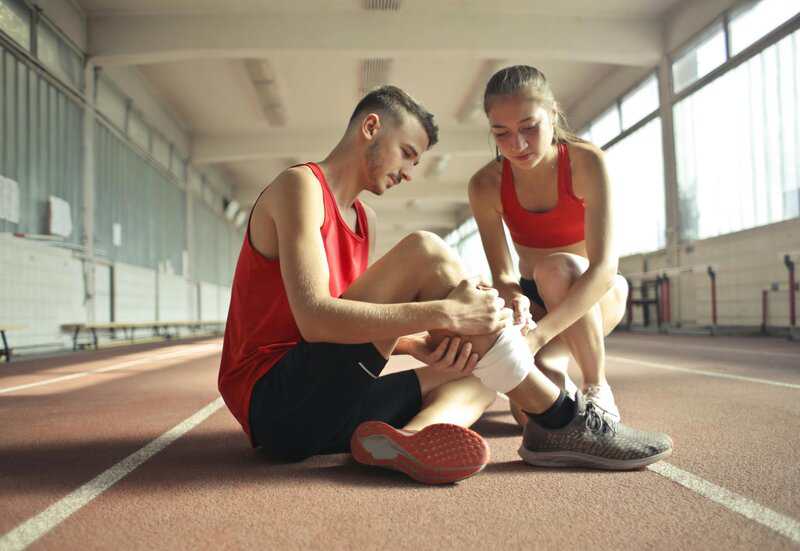
Physical therapists frequently recommend retro-walking for patients recovering from knee, hip, and ankle injuries.
This exercise offers lower impact on joints while introducing beneficial movement patterns that encourage healing and restore mobility.
Research in the Journal of Back and Musculoskeletal Rehabilitation highlights retro-walking’s effectiveness in improving range of motion and functional strength during rehabilitation.
By gently challenging the body in new ways, backward walking supports a safe, progressive return to activity—making it a valuable addition to many recovery programs.
11. Accessible and Equipment-Free
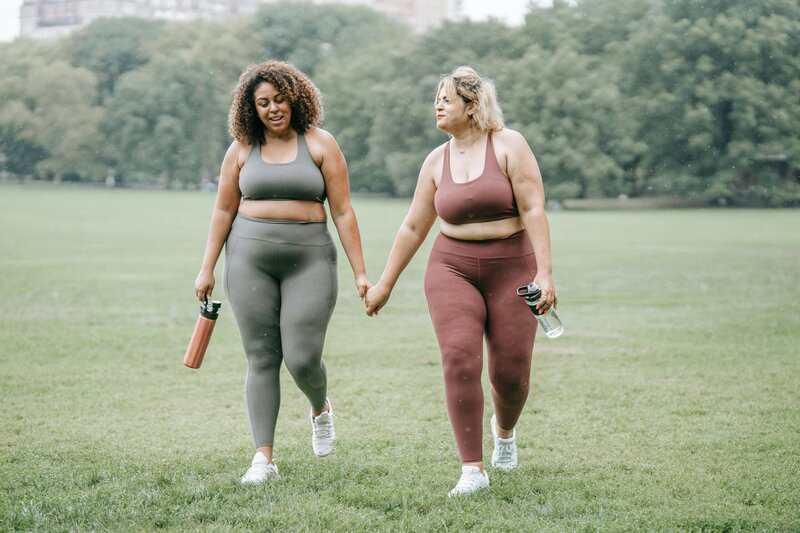
One of the most appealing aspects of backward walking is its accessibility.
You don’t need any special equipment, expensive gym memberships, or advanced training to get started—just a safe, open space.
Whether you’re indoors, outdoors, at the park, or even in your hallway, this exercise can be adapted to suit almost any environment.
According to the NHS, walking is among the most inclusive forms of fitness, and retro-walking extends these benefits, making it easy for people of all ages and fitness levels to participate.
12. Fun and Novelty Factor
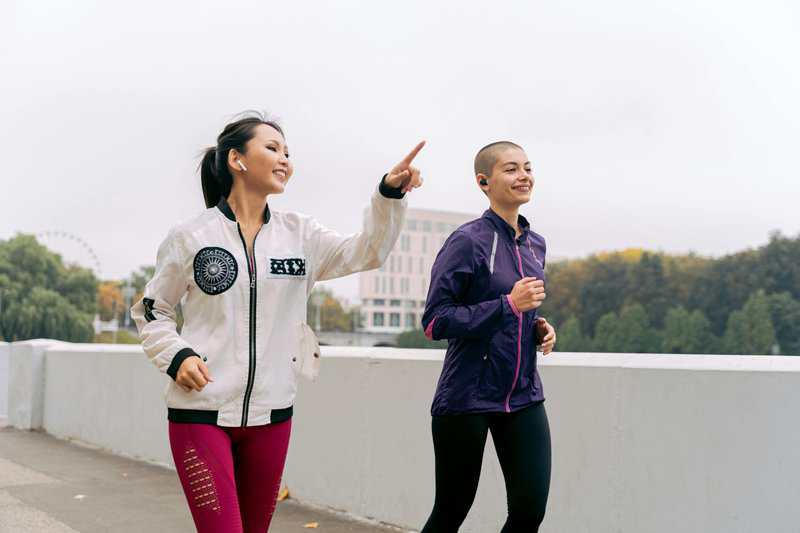
The fun and novelty of walking backwards can be a powerful motivator, helping to break the monotony of routine workouts.
Trying something new not only challenges your body but also makes exercise more engaging and enjoyable.
Studies have shown that people are more likely to stick with fitness habits when activities feel fresh and entertaining.
As noted by the Harvard Health Blog, infusing fun into exercise increases adherence and long-term results.
Backward walking offers a playful twist, turning a simple stroll into a memorable experience.
13. Gait Pattern Improvement

Retro-walking doesn’t just benefit you while moving backwards—it also enhances your forward walking gait.
Studies have shown that practicing backward walking can improve stride length, coordination, and overall gait efficiency.
For example, research published in the Medicine & Science in Sports & Exercise journal found that participants experienced smoother, safer movement patterns after a period of retro-walking training.
These improvements can lead to better posture, reduced risk of tripping, and greater confidence in everyday walking tasks.
14. Encourages Mindful Movement

Walking backwards demands heightened awareness of your surroundings and your own body mechanics.
Unlike forward walking, you must remain present, paying close attention to each step and subtle shifts in balance.
This focus naturally fosters a sense of mindfulness, turning a simple exercise into a meditative practice.
As described by the Mindful.org, mindful movement can reduce stress and improve overall well-being.
Backward walking’s requirement for careful, attentive movement makes it a valuable addition to any mindful exercise regimen.
15. Versatility for All Fitness Levels
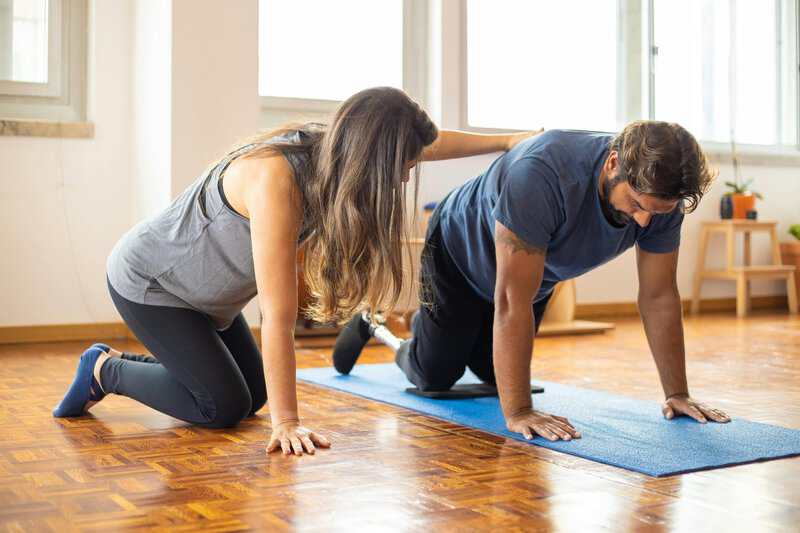
One of the reasons backward walking is gaining momentum is its versatility.
This exercise can be easily adapted for people of all abilities, from beginners to elite athletes.
You can adjust intensity by varying your speed, duration, or even the surface—try walking on grass or a slight incline for a greater challenge.
As noted by the Verywell Fit team, this flexibility makes retro-walking suitable for rehabilitation, general fitness, or advanced training.
It’s a truly inclusive exercise option for every fitness journey.
16. Improved Ankle Mobility
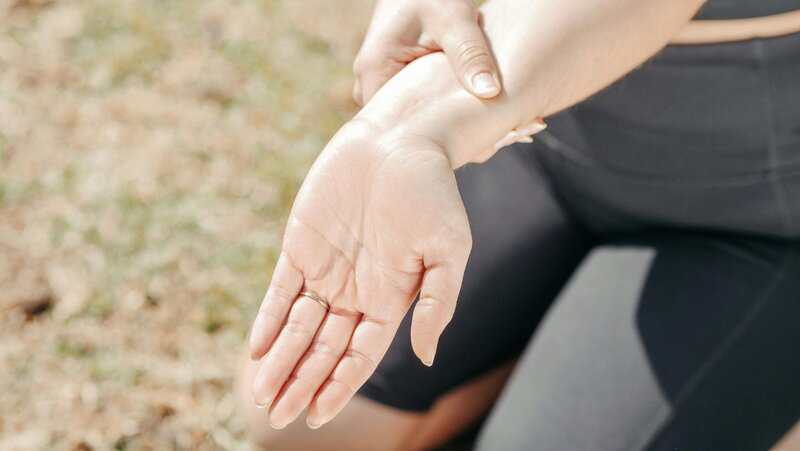
Backward walking provides a unique stretch and strengthening effect for the ankle muscles and tendons.
This motion requires greater dorsiflexion and active stabilization, which helps enhance overall ankle mobility.
According to a study in the Journal of Bodywork and Movement Therapies, regular retro-walking can decrease stiffness and increase flexibility, making ankles more resilient.
Improved ankle mobility not only aids in daily movement but also lowers the risk of sprains—a crucial benefit for athletes and anyone seeking to prevent injury.
17. Calf and Hamstring Flexibility

The unique movement of walking backwards naturally encourages a greater stretch in the calf and hamstring muscles.
Each step requires you to push off differently, lengthening these muscle groups and promoting flexibility.
This is particularly advantageous for runners and walkers, as tight calves and hamstrings are common contributors to discomfort and injury.
A study in the Journal of Physical Therapy Science found that retro-walking improved the flexibility of posterior leg muscles, making it a valuable addition for anyone looking to enhance mobility and reduce muscle tightness.
18. Suitable for Indoor and Outdoor Practice
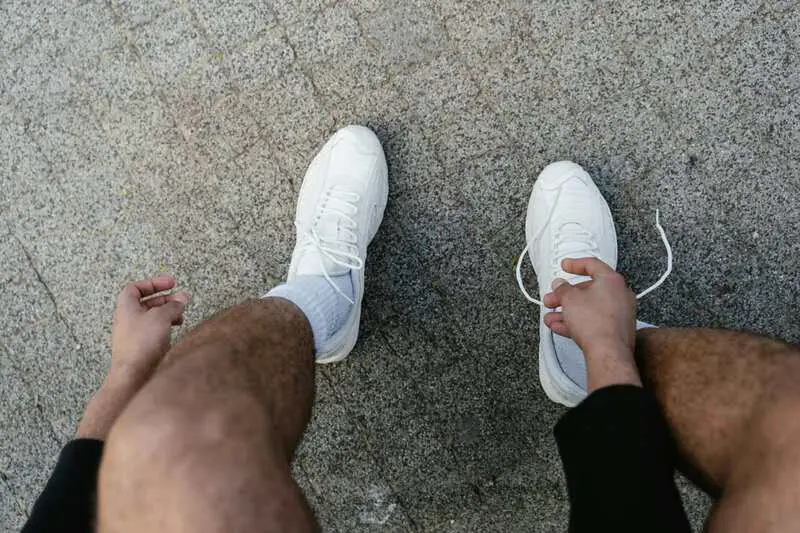
One of the most convenient aspects of backward walking is its versatility in location.
You can practice retro-walking in a gym, along a hallway at home, or outside in a park—making it accessible year-round, regardless of weather.
This adaptability means you can easily fit backward walking into your daily routine, wherever you feel most comfortable.
As highlighted by the American Council on Exercise (ACE), this flexibility supports consistency and long-term adherence, making it a practical choice for anyone seeking sustainable fitness.
19. Social Media and Community Challenges

The rise of backward walking owes much to its booming presence on social media platforms and within fitness communities.
Viral challenges on TikTok, Instagram, and YouTube have encouraged thousands to try retro-walking, sharing their progress and inspiring others.
Fitness groups and community events are also incorporating backward walking into group workouts, turning it into a fun, collective experience.
A feature in Runner’s World notes how online trends and local events are fueling participation, making this trend both accessible and socially engaging.
20. Supported by Exercise Science
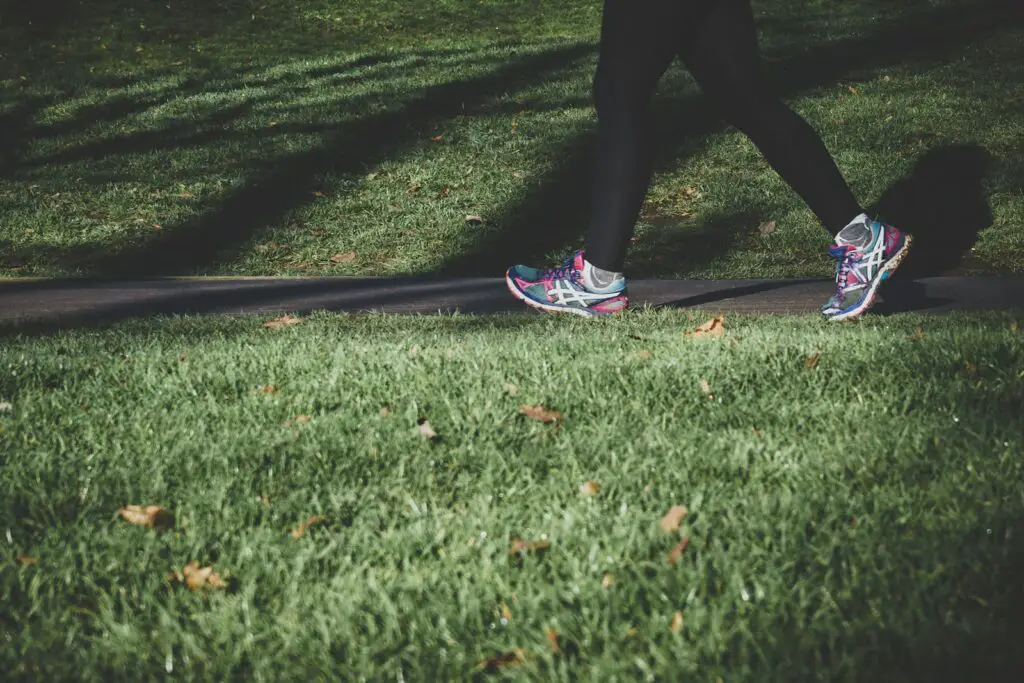
The growing enthusiasm for backward walking is firmly grounded in credible exercise science.
Universities such as the University of Milan and Oregon State University have conducted pivotal studies demonstrating its benefits for calorie burn, balance, and rehabilitation.
These academic findings reinforce what many fitness enthusiasts and therapists have observed firsthand: retro-walking is more than a trend—it’s a science-backed practice that delivers real, measurable results for people of all ages.
21. Endorsement by Physical Therapists

Physical therapists across the globe are increasingly endorsing backward walking as a powerful tool for injury prevention, rehabilitation, and overall functional fitness.
They recommend retro-walking to improve joint health, muscle balance, and coordination while minimizing stress on vulnerable areas.
Many practitioners cite its versatility for a range of conditions, from post-surgery recovery to fall prevention in older adults.
As highlighted by the American Physical Therapy Association, incorporating novel movement patterns like retro-walking can support lifelong mobility and functional independence.
22. Low Impact on Joints

One of the reasons retro-walking is so widely recommended is its gentle, low-impact nature on major joints.
Unlike running or even brisk forward walking, moving backwards places less stress on the hips, knees, and ankles, making it accessible for those with joint sensitivities or arthritis.
According to the Arthritis Foundation, backward walking can be a safe, effective option for maintaining mobility and strength without exacerbating joint pain.
This makes it an excellent choice for rehabilitation and lifelong joint health.
23. Can Be Combined With Other Workouts
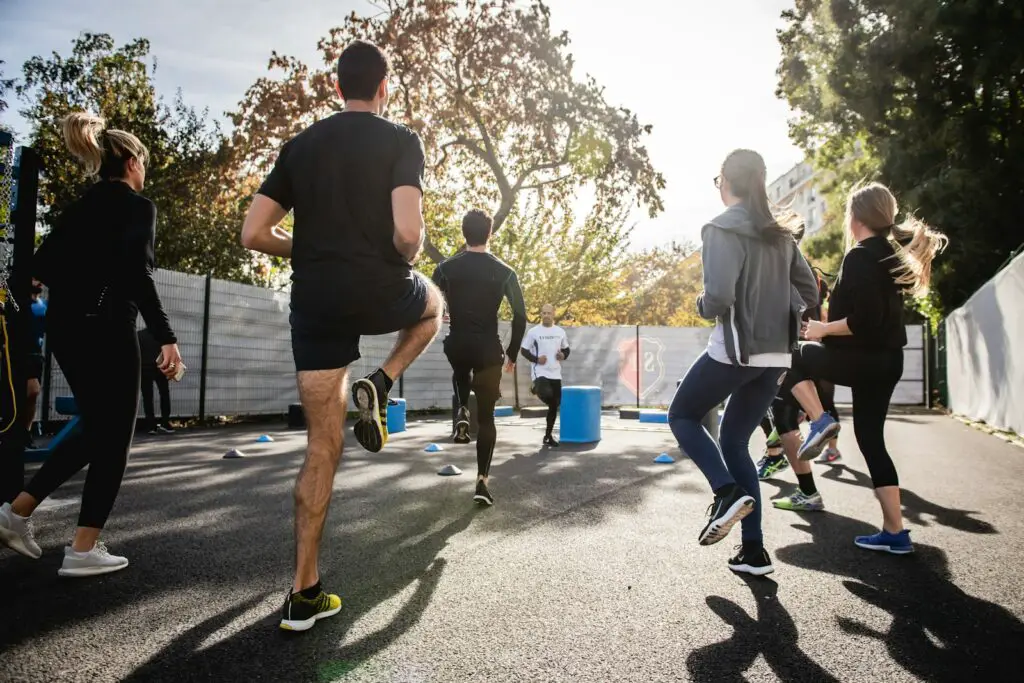
Backward walking isn’t just a standalone activity—it integrates seamlessly into a wide range of workout routines.
You can add it to your warm-up to activate underused muscles, use it in cool-downs to enhance flexibility, or insert brief intervals of retro-walking within cardio sessions for extra variety.
According to Shape Magazine, mixing backward walking with other exercises keeps training fresh and optimizes results.
This versatility means you can tailor your fitness regimen to your goals while keeping things interesting and effective.
24. Quick Results With Short Sessions
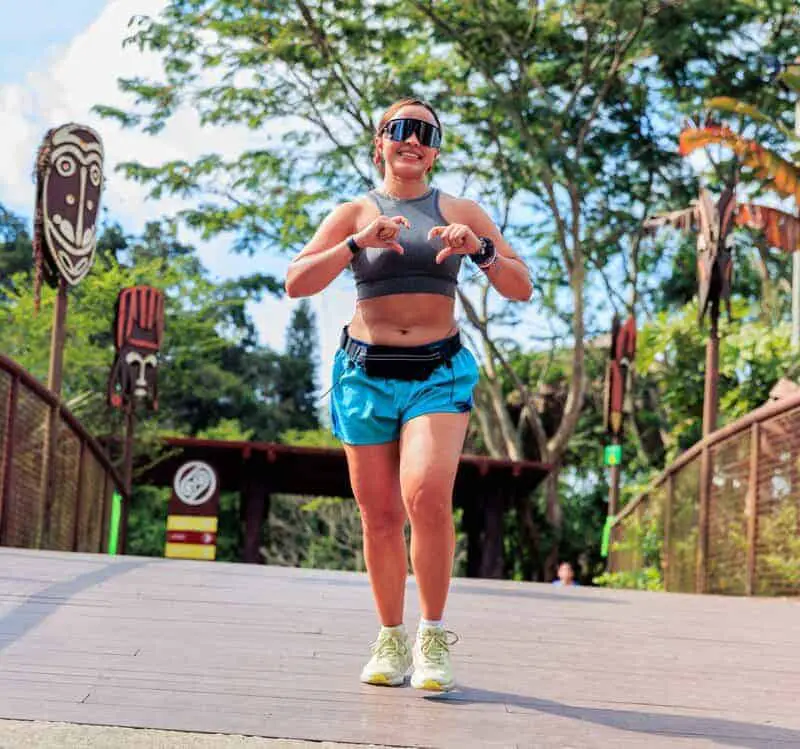
One of the most appealing aspects of backward walking is how quickly results can be seen with minimal time investment.
Research shows that just 10 minutes a day can lead to noticeable improvements in balance, lower body strength, and calorie expenditure.
A study referenced by the Journal of Physical Therapy Science found that short, consistent sessions were highly effective for participants of all ages.
This efficiency makes retro-walking a practical choice for busy individuals seeking meaningful fitness gains without lengthy workouts.
25. Minimal Risk When Practiced Safely

Backward walking is considered safe for most people when performed with proper precautions.
It’s important to choose a clear, obstacle-free area and to stay aware of your surroundings to prevent trips or falls.
Experts at the Chartered Society of Physiotherapy recommend starting slowly, keeping your gaze slightly over your shoulder, and wearing supportive footwear.
With these simple safety measures, retro-walking offers a low-risk, accessible exercise option for nearly everyone seeking to enhance their fitness journey.
Conclusion

Backward walking is more than just a viral trend—it’s a science-supported, accessible movement with remarkable benefits for people of all ages and fitness levels.
From boosting balance and burning extra calories to aiding rehabilitation and keeping workouts fresh, this simple practice delivers results that are both practical and profound.
As research from leading institutions and endorsements from health professionals show, retro-walking offers a unique, low-barrier path to improved well-being.
Why not embrace this innovative trend and add a new, invigorating twist to your daily routine?
Medical Disclaimer

Before starting any new exercise routine, including backward walking, consult your healthcare provider—especially if you have existing medical conditions or concerns.
Professional guidance ensures your safety and maximizes the benefits of your fitness journey.



Vielleicht interessiert es Sie:
Wussten Sie! Minensuchratten auf dem Schlachtfeld und sie sind super effektiv!
Wie viele Giraffenarten gibt es? Leben sie alle in Afrika?
Der Vogel ist das Weibchen der Vögel: wahr oder falsch?
Warum bauen Biber Dämme? Welchen Nutzen?
Warum leben manche Tiere nachtaktiv? Welche Vorteile?
Küssen Tiere? Ist das die gleiche Bedeutung wie Menschen?
200+ Hilarious Seahorse Jokes That Will Make You Smile and Giggle
200+ Funny Investment Jokes to Boost Your Financial Humor Game